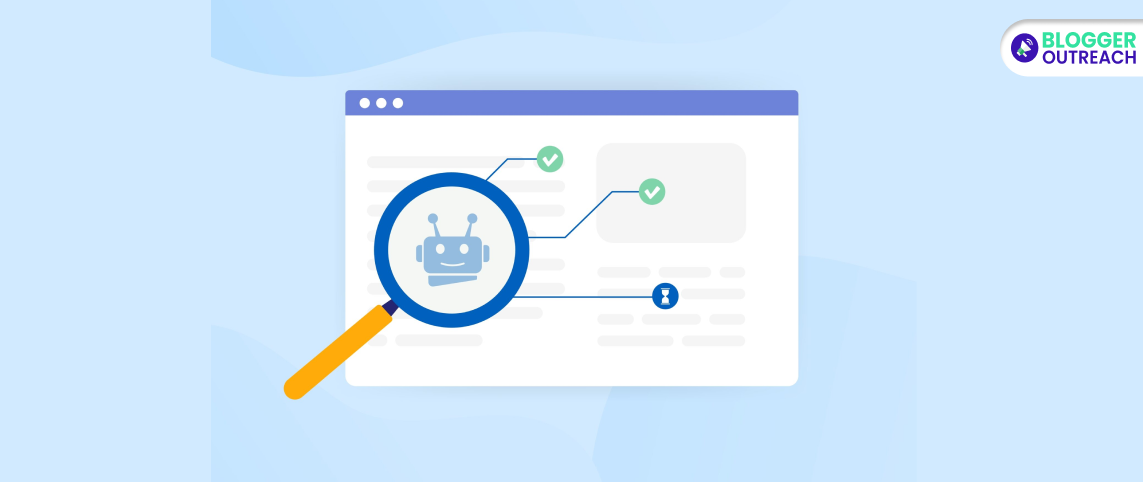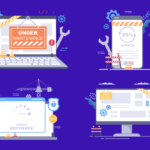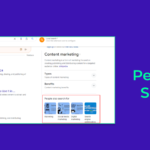Writing hundreds of blogs is pointless if they aren’t discovered. The easier Google finds you, the better the chance of getting your desired rank. Make Sense?
This is why you must fix crawlability problems as soon as you see them. Crawlability problems can cause search engines to fail at crawling and indexing website content.
This article will cover 8 crawlability problems preventing your content from getting the maximum results.
Moreover, we will also share why these problems make sense and how you can fix these problems.
Alright, let’s get started!
Table Of Content
1. Crawlability Problems Related To Robots.txt
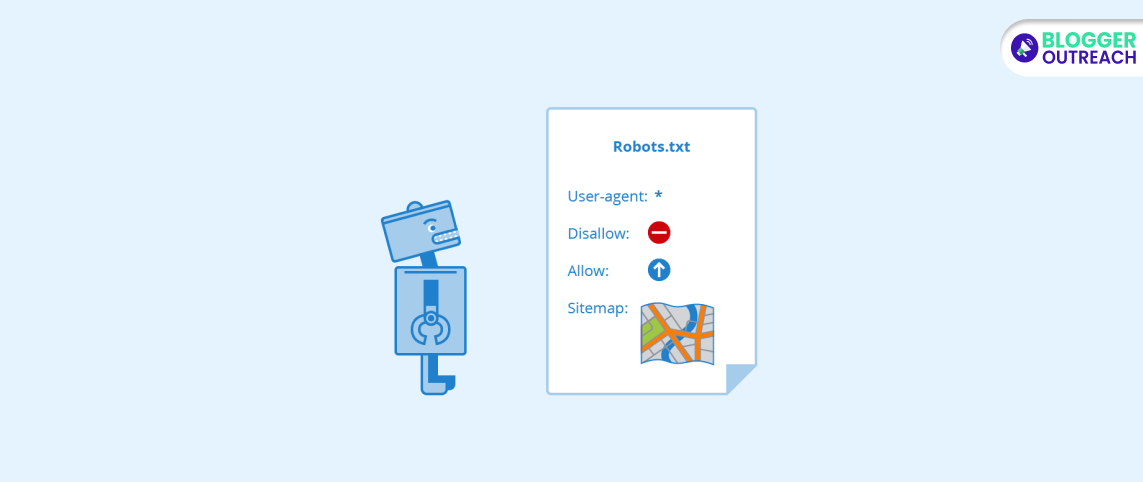
One of the most common crawlability problems you might face is related to Robots.txt. This could prevent search engine crawlers from accessing specific pages or directories.
(i) Why It Matters
Search engine crawlers are hindered from finding important pages when encountering a robots.txt file. This issue can hinder the indexing of your content.
(ii) Solutions
To resolve this issue, start by examining your website’s robots.txt file. Ensure that it is not unintentionally blocking important content. Customize the access permissions for crucial pages or directories as necessary.
Next, use Google’s Robots.txt tester. Google Search Console provides a robots.txt tester tool to help you identify and test issues with your robots.txt file.
If necessary, modify your robots.txt file to allow search engines to crawl important pages and directories.
Keep an eye on your robots.txt file as your website changes. Update it accordingly to ensure optimal crawlability.
2. Be Careful About No Index Tags
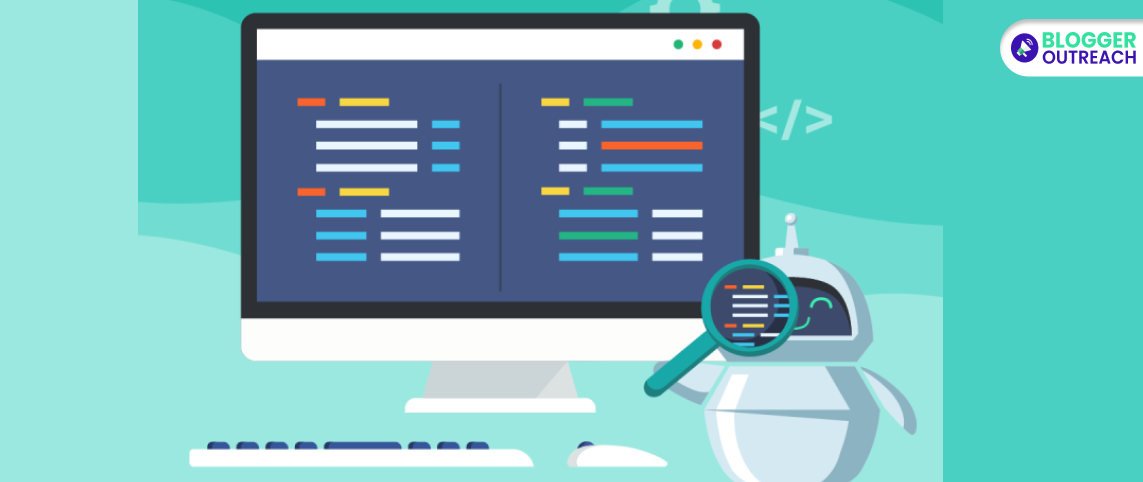
Your website may have a “noindex” tag issue, which tells search engines not to index specific pages.
Why It Matters
Refrain from using “noindex” tags on important pages. This hampers search engines to show them in search results. In turn, it can hurt your site’s visibility and traffic.
Solutions
To fix this problem, inspect your website’s HTML code for the “noindex” tag and remove it from the pages you want to be indexed.
Once identified, remove the “noindex” tag from pages that search engines should index.
Continuously check your pages, especially after updates, to ensure the “noindex” tag is appropriately used.
3. Broken Links And Redirect Chains
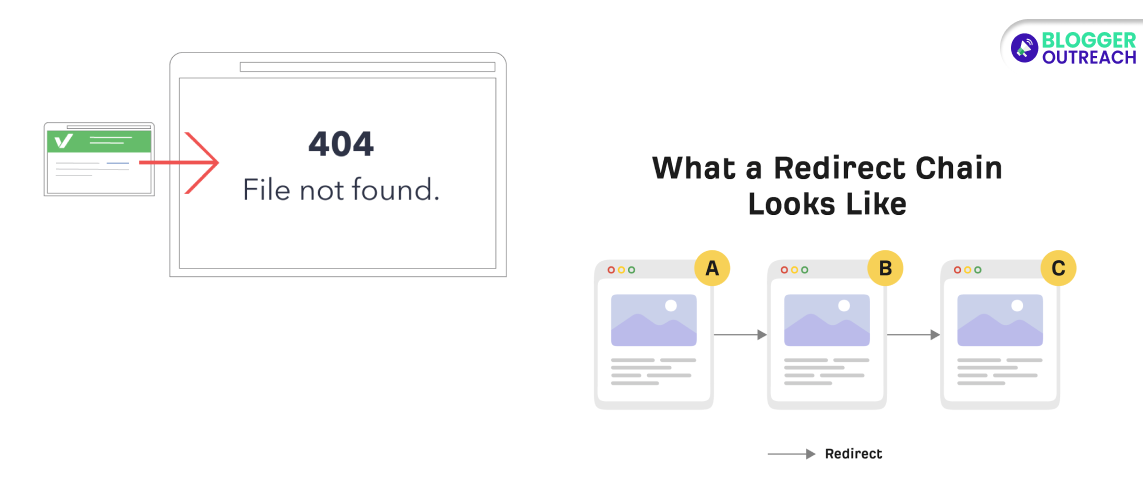
Crawlability mistakes related to broken links can disrupt crawling and hamper search engines from accessing your content.
Why It Matters
Broken links can hamper crawling and prevent search engines from accessing your content. This can lead to incomplete indexing and reduced visibility in search results.
How To Fix It
Regularly check for broken links and promptly fix them. Minimize unnecessary redirects and keep them short. Periodically scan your website for broken links using tools like Screaming Frog or Google Search Console.
When you find broken links, fix them immediately by updating the link or removing it.
Minimize unnecessary redirects. Ensure each redirect is as short and direct as possible.
Update Internal Links. Update internal links to reflect your website’s structure changes.
4. Slow Page Load Time

If you are struggling with crawlability problems in the likes of Slow page, make sure you fix it right away. This loading frustrates search engine crawlers and impairs content indexing.
Why It Matters
When web pages load slowly, search engine crawlers may not index your content efficiently. This can lead to decreased search rankings and reduced organic traffic.
Common Mistakes To Avoid
Boost website performance by reducing image size, utilizing a content delivery network (CDN), and enhancing server response time.
Do not ignore server performance: A sluggish server hinders overall website speed.
Content delivery networks can distribute content globally, improving load times. So, leverage CDNs.
How To Fix It
Reduce image file sizes without compromising quality to speed up loading.
Use a content delivery network (CDN). Use a CDN to distribute content closer to users, reducing latency.
Server optimization is the key. Enhance server performance by reducing server response times and using reliable hosting.
Caching: Implement browser and server-side caching to store static resources, improving load times for returning visitors.
5. Duplicate Content
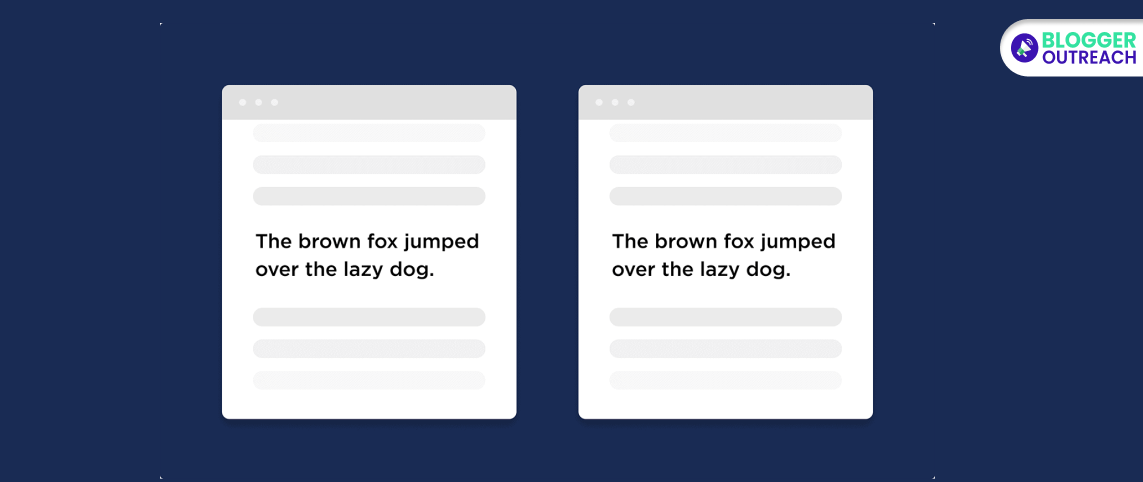
Duplicate content on your website can confuse search engines, causing indexing issues.
To tackle this problem, use canonical tags, maintain a proper URL structure, and consistently create unique, high-quality content.
Why It Matters
Duplicate content can befuddle search engines, resulting in ranking problems and potentially reduced organic traffic. Ensuring your website offers a clear and unique content landscape is crucial.
How To Fix It:
- Canonical Tags: Use canonical tags to indicate the primary version of a page, consolidating duplicate content.
- Clean URL Structure: Organize your URLs logically and consistently, avoiding unnecessary variations.
- Quality Content: Regularly produce unique, valuable content that sets your website apart.
- 301 Redirects: When merging or moving content, employ 301 redirects to direct search engines to the correct version.
6. JavaScript And AJAX Crawlability Problems
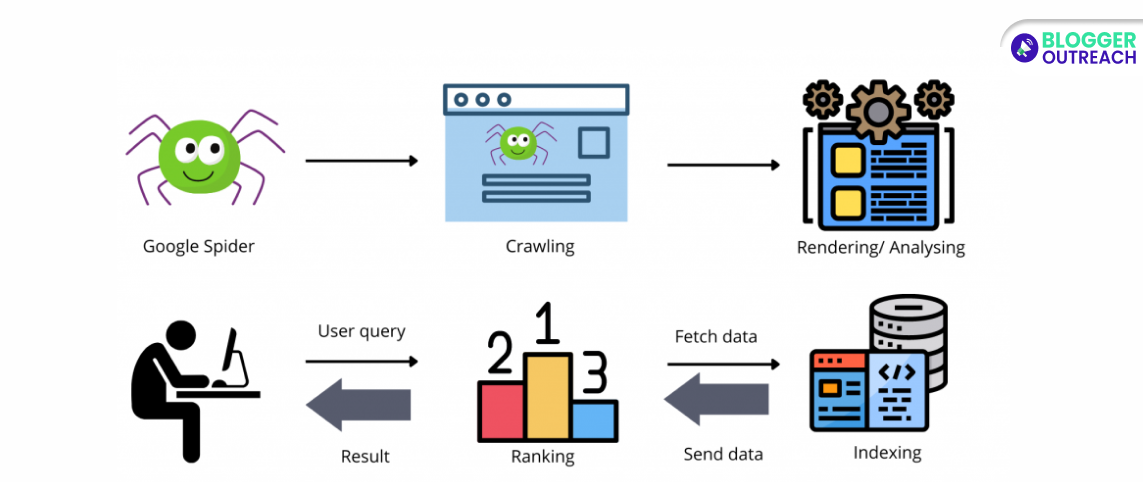
Content generated with JavaScript or AJAX can be challenging for search engines to crawl.
Why It Matters
JavaScript-dependent content can pose crawlability problems. Search engines may not fully understand or index this content, affecting your site’s visibility in search results.
How To Fix It
Address this by using progressive enhancement techniques to ensure important content is accessible without JavaScript. Consider implementing server-side rendering for
JavaScript-heavy websites.
Ensure that essential content is accessible without JavaScript, allowing users and search engines to access it easily.
Consider SSR for JavaScript-heavy sites. This technique pre-renders pages on the server, making them more accessible to crawlers.
Finally, regularly test your website to ensure JavaScript-dependent content is effectively indexed.
7. Crawlability Problems Related To XML Sitemap Error
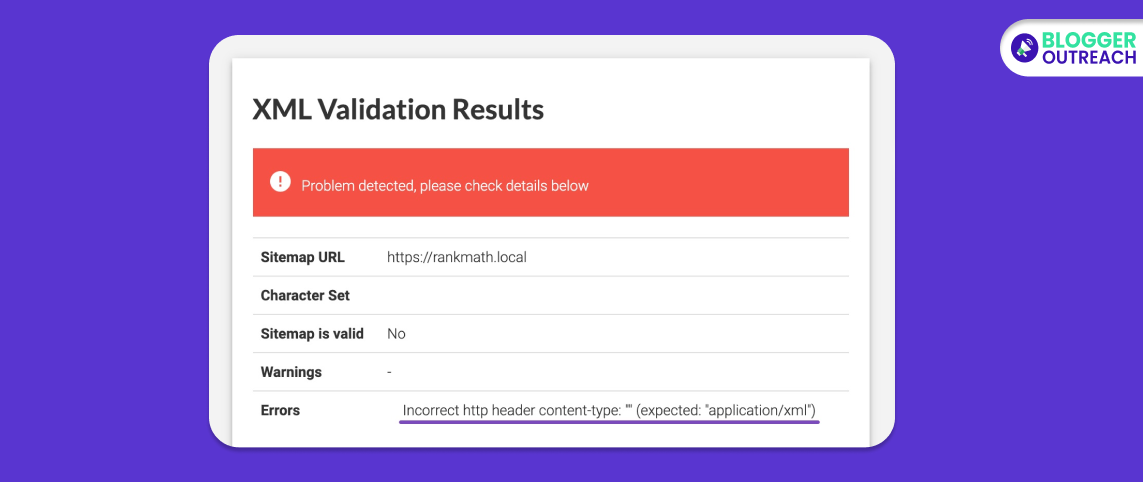
Errors in your XML sitemap can block search engines from discovering and indexing your web pages.
Why It Matters
An XML sitemap guides search engines, helping them locate and understand your website’s content. Errors in the sitemap can lead to incomplete indexing and lower visibility in search results.
How To Fix It
Periodically review your XML sitemap to spot errors or inconsistencies. Secondly, ensure your XML sitemap reflects your current website structure and content. Promptly address any errors found to maintain an accurate sitemap.
8. Server-Specfic Crawlability Problems (e.g. 404s)
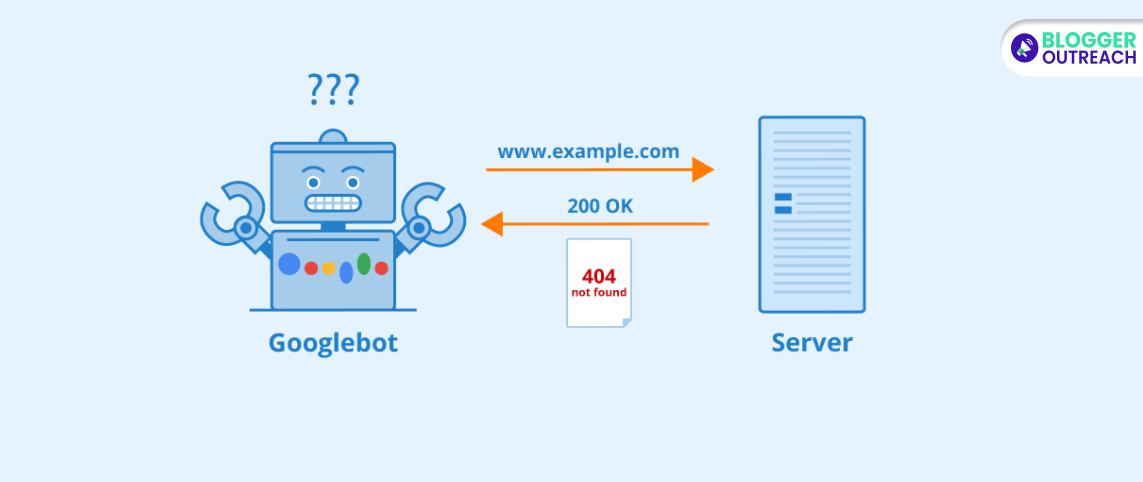
General server errors can disrupt access to your website for search engine crawlers.
Why It Matters
404s can make it hard for search engines to index your web pages, which could hurt your site’s visibility.
How To Fix It
Firstly, you need continuous monitoring. Routinely review server logs to detect and address errors promptly.
It is the need of the hour to respond swiftly. Quickly fix any server errors to maintain website functionality and SEO performance.
Lastly, you should know about effective error handling. Create error pages that provide information to search engines and guide users.
9. Poor Website Architecture

Imagine your website structure as a pyramid. Ideally, all pages should be reachable within a few clicks from the homepage.
DISCLAIMER: If pages are buried under many layers of subfolders, search engines might miss them. This leads to crawlibity problems. Thus, fixing poor website architecture is crucial.
What does it matter?
The logic is simple. If search bots face difficulty in finding your content, they will not appear on search results. In such cases, ranking will become a daydream.
can hurt your search engine optimization (SEO) since search engines can’t rank what they can’t find.
How to fix it?
So, Here Is How To Fix Poor Site Architecture For Crawlability:
- Avoid inconsistent hierarchy. Instead, ensure a clear and logical website structure. Avoid categorizing and linking your pages which can confuse search engine crawlers.
- Flatten your site structure. Try to keep most pages within three to four clicks of the homepage.
- Fix broken links. Make sure all your internal links are pointing to valid pages.
- Create a clear hierarchy. Organize your content into logical categories and subcategories. Then, link them together in a way that reflects that hierarchy.
- Ultimately, build a robust sitemap (It is a file that lists all the pages on your website and their relationships). This will help the crawl bots understand your site structure. Regarding the same, there are many tools available online.
10. Noindex’ Tags
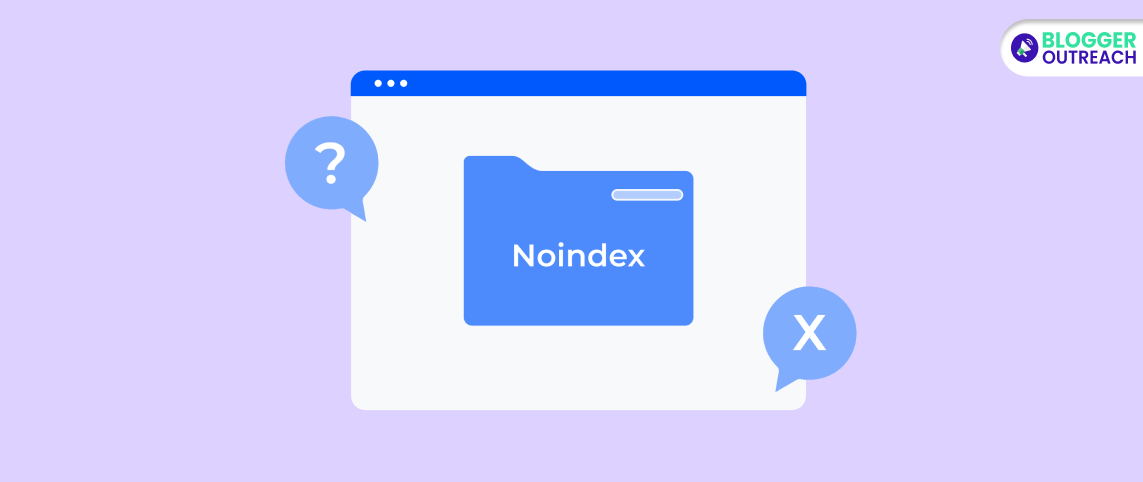
First thing first, what are noindex tags?
Basically, noindex tags are a set of instructions placed on websites coded to instruct search engines not to index a specific page. As a result, the page will not appear in the search results.
Why it matters?
It can be detrimental in the long run. How? If the search engine stops indexing your website for a longer period, Google may eventually stop crawling your page. Because, in this case, Google considers noindex tags as nofollow tags (when done for a longer period). Thus, if you want the page indexed later, search engines might not revisit it to check.
So, how to avoid crawlability errors with noindex tags?
Well, here are the solutions:
Firstly, use noindex strategically. Only use noindex tags on pages you truly don’t want indexed, like login pages, thank you pages, or duplicate content.
Review your noindex tags regularly. Check if they are still necessary on the pages they’re applied to. Remove them from any pages you want search engines to crawl and potentially index.
Lastly, use crawl tools to identify noindex issues. This can help you find and remove unnecessary noindex tags.
The Bottom Line
Now you know the top 8 crawl errors and how to fix crawl errors. To summarize, fix these crawlability errors as soon as possible. This will not only improve your rankings but also your site health.
When you avoid doing the same, you end up receiving improved results.
If you need any help, do let us know. Further, if you want a team of experts to help you and guide you throughout your journey, feel free to contact us.
Read Also:

